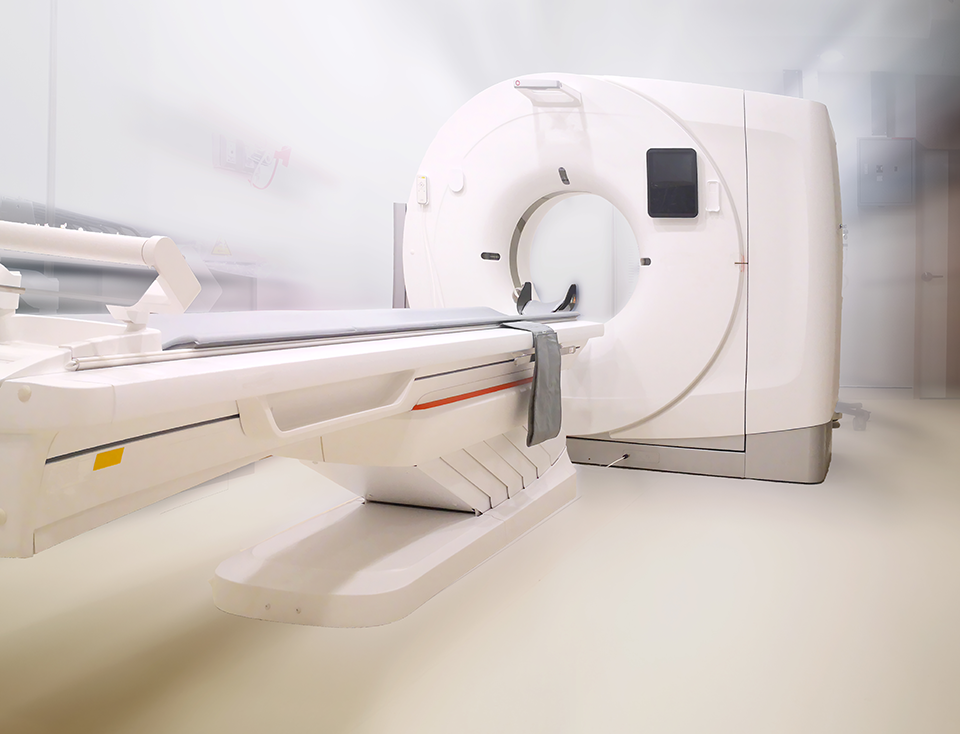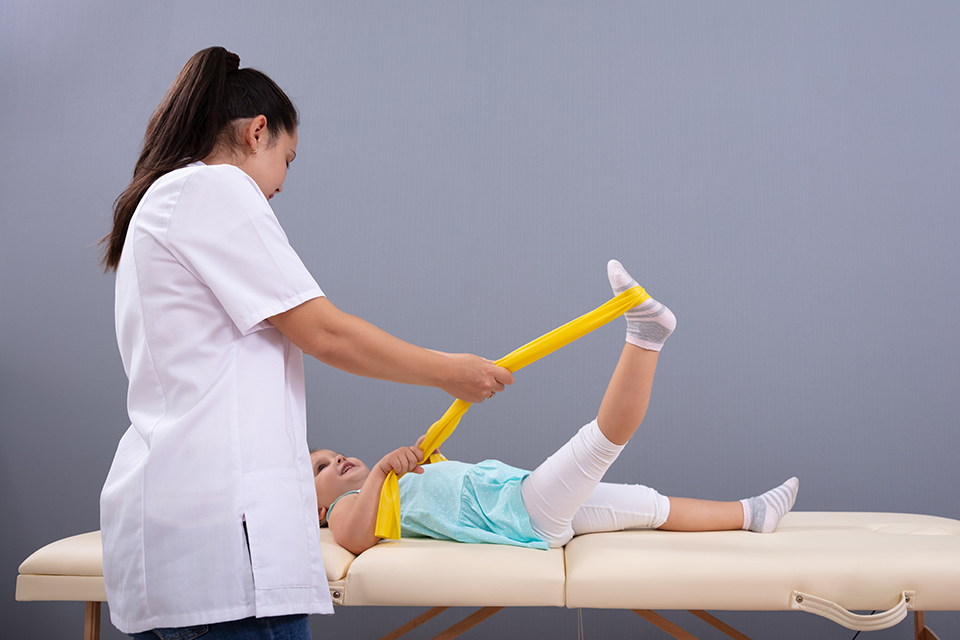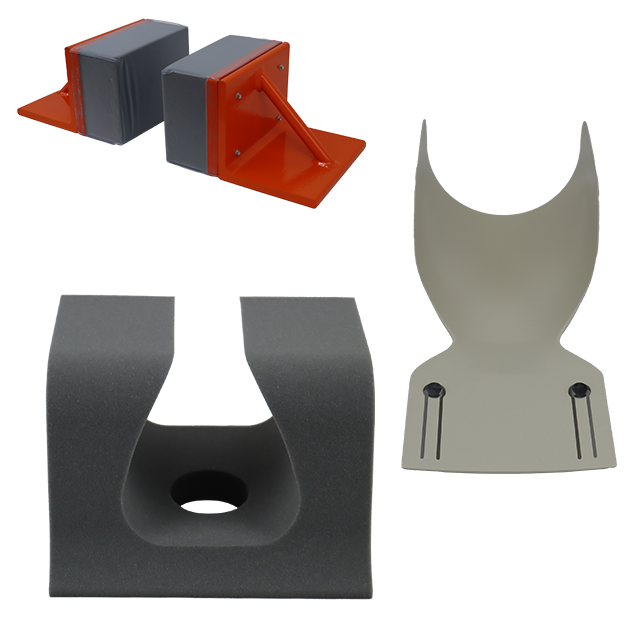A Complete Guide to Enhancing Patient Safety During CT Scans
Ensuring patient safety during CT scans is paramount in every medical facility. Domico Med-Device’s range of specialized products for the Canon...
3 min read
Domico Med-Device November 15, 2024
Patient safety is a paramount concern in any medical setting. Unfortunately, falls from stretchers, operating tables, wheelchairs, and surgical tables remain a significant risk. These incidents can lead to serious injuries, prolonged hospital stays, and additional healthcare costs. One effective solution to this problem is the use of security straps, which can significantly enhance patient security and reduce the risk of falls.
Falls in medical settings can occur for various reasons, including patient movement, medical procedures, wheelchair mobility, and stretcher and table transfers. These incidents can result in serious injuries, complications, and additional healthcare costs, underscoring the importance of implementing preventive measures to ensure patient safety. By addressing these underlying factors and utilizing effective solutions like security straps, healthcare facilities can significantly reduce the risk of falls and enhance the overall quality of care provided to patients.
Patient Movement - Patients may unintentionally move or shift their weight, particularly if they are unconscious or sedated.
Medical Procedures - Certain procedures require precise positioning, which can make patients more vulnerable to falls.
Wheelchair Mobility - Patients in wheelchairs, especially those with limited mobility or strength, can easily lose balance and fall.
Stretcher and Table Transfers - Transferring patients from one surface to another can be risky without proper support and precautions.
These falls can result in fractures, head injuries, and other complications, emphasizing the critical importance of implementing comprehensive preventive measures. Not only do these incidents pose a significant risk to patient safety, but they can also lead to longer recovery times, increased healthcare costs, and potential legal ramifications for healthcare providers. By proactively addressing the factors that contribute to patient falls and utilizing effective solutions like security straps, healthcare facilities can create a safer environment for patients and ultimately improve the quality of care delivered. It is essential to prioritize patient safety at all times and take proactive steps to prevent avoidable accidents that can have serious consequences.
Security straps offer a straightforward yet incredibly impactful solution in mitigating patient falls. Let's delve into how these straps effectively tackle this crucial issue:
Secure Patient Positioning - Straps ensure that patients remain securely positioned on stretchers, operating tables, and wheelchairs, significantly reducing the risk of falls during transport or procedures.
Stabilization During Procedures - In surgical settings, straps help maintain the patient’s position, preventing unintended movements that could lead to falls or compromise the surgical procedure.
Enhanced Mobility Support - For wheelchair users, straps provide additional support, helping to stabilize patients and prevent falls when they shift their weight or move.
Safe Transfers - Straps can be used during patient transfers, providing a secure means of support and reducing the likelihood of falls during these transitions.
There are a variety of security straps used in different medical settings, each specifically designed to address unique needs and ensure optimal patient security. From security straps utilized on stretchers and operating tables to wheelchair straps providing extra support for mobility, and specialized surgical straps maintaining patient positioning during procedures, these safety mechanisms play a crucial role in preventing falls and enhancing overall patient safety. By tailoring the use of straps to the specific requirements of each medical scenario, healthcare facilities can effectively mitigate the risk of falls and create a safer environment for patients.
Straps like the Domico Med-Device EZ Straps are used primarily on stretchers and operating tables, these straps are designed to keep patients securely in place during transport and procedures.
These straps, like the Domico Med-Device Security Straps, are designed to be more robust to provide additional restraint and support to wheelchair users.
These specialized surgical straps play a crucial role in ensuring the safety and stability of patients during complex surgical procedures, such as bariatric surgery. Surgical straps like the Domico Med-Device Bariatric Strap Set are specifically designed to securely fasten patients to the surgical tabletop, providing a reliable means of support and preventing any potential movement or shifting during the operation. By maintaining proper patient positioning, these straps contribute to the overall success and safety of the surgical procedure, allowing healthcare providers to focus on the task at hand with confidence and precision. With an emphasis on patient well-being and surgical efficiency, the utilization of specialized surgical straps like the Bariatric Strap Set exemplifies the commitment to excellence in patient care within healthcare facilities.
The use of security straps offers numerous benefits, including:
Improved Patient Safety - By preventing falls, straps help avoid injuries, leading to better patient outcomes and shorter hospital stays. Falls can be particularly dangerous for elderly patients, who may be injured more severely and heal less quickly if a fall occurs.
Enhanced Comfort - Straps can be adjusted for comfort, ensuring that patients feel secure without feeling restrained. When used with positioning aids, straps can ensure that the patient makes full use of the positioning aid by keeping the positioning aid in the proper place relative to the patient's body.
Increased Efficiency - With patients securely positioned, medical staff can focus more on procedures and less on preventing potential falls.
Cost Savings - Reducing fall-related injuries leads to lower healthcare costs associated with treating such injuries.
Ensuring Proper Alignment - In certain applications, straps can be used to maintain proper alignment of the patient's spine, resulting in a more comfortable experience for the patient and easier access to the spine for the healthcare provider.
Patient falls in medical settings are not only a serious concern but also a significant threat to patient safety and well-being. The implementation of security straps serves as a key solution to mitigate these risks effectively. By securely fastening patients on stretchers, operating tables, wheelchairs, and during transfers, these straps play a pivotal role in preventing falls and creating a secure healthcare environment. As advancements in healthcare continue to evolve, the importance of incorporating safety measures like security straps remains paramount in safeguarding patients and enhancing the overall quality of care provided. With a focus on patient safety and proactive prevention measures, healthcare facilities can ensure a safer and more efficient environment for all individuals in their care.
Want to learn more? Check out these blogs to read more about patient immobilization:

Ensuring patient safety during CT scans is paramount in every medical facility. Domico Med-Device’s range of specialized products for the Canon...

Ensuring the safety and comfort of pediatric patients during medical procedures is a top priority for healthcare providers. One effective way to...

In today’s fast-paced medical environment, ensuring patient safety during diagnostic imaging and surgical procedures is of utmost importance. One of...